The liver is the largest gland of our body and, at the same time, the organ of exceptional importance in life. The liver, also described as a chemistry laboratory of the body, deals primarily with the processing of virtually all chemical compounds, either from the environment or from our tissues. As for the ingredients useful for health - the liver stands as if in the centre of their economy. If we’re talking about harmful or even toxic compounds - the liver deprives them of activity and facilitates their removal outside the body.
What is bad for the liver?
Liver and alcohol
Alcohol abuse, as we all know, leads to fatty liver and cirrhosis. But not only does alcohol overwhelm this gland ... Even generally healthy nutrients, such as sugars and fats, damage the liver when consumed in unreasonable excess. Especially dangerous, are based on refined sugar or glucose-fructose syrup sweets, as well as greasy meat dishes.
Liver and sugar
Their excess in the diet not only leads to rapid weight gain, i.e. obesity, but also the development of accompanying obesity health problems, commonly referred to as metabolic syndrome, eventually resulting in the onset of atherosclerosis and diabetes. Just the excess of sugars and fats in the diet favours the so-called non-alcoholic steatohepatitis with the NAFLD symbol, but metabolic syndrome and insulin resistance, associated with early stages of diabetes, greatly aggravate this issue.
Liver and fat
Non-alcoholic steatohepatitis, which involves excessive accumulation of fat and toxic lipids in liver cells, is usually asymptomatic and initially looks very innocent. Problems begin only after some time when NAFLD is transformed into NASH - non-alcoholic steatohepatitis. Then the phenomena accompanying inflammatory processes lead to fibrosis, i.e. replacement of liver flesh with non-functional connective tissue, which results in cirrhosis and can also be liver cancer.
PQQ what does it mean? What does it do? Why to take PQQ?
PQQ, or pyrroloquinolinoquinone (also known as methoxatin), is a vitamin micronutrient, similar in structure and activity to ubiquinone (PQQ and Coenzyme Q10 are often taken together) and menquinone (vitamin K).
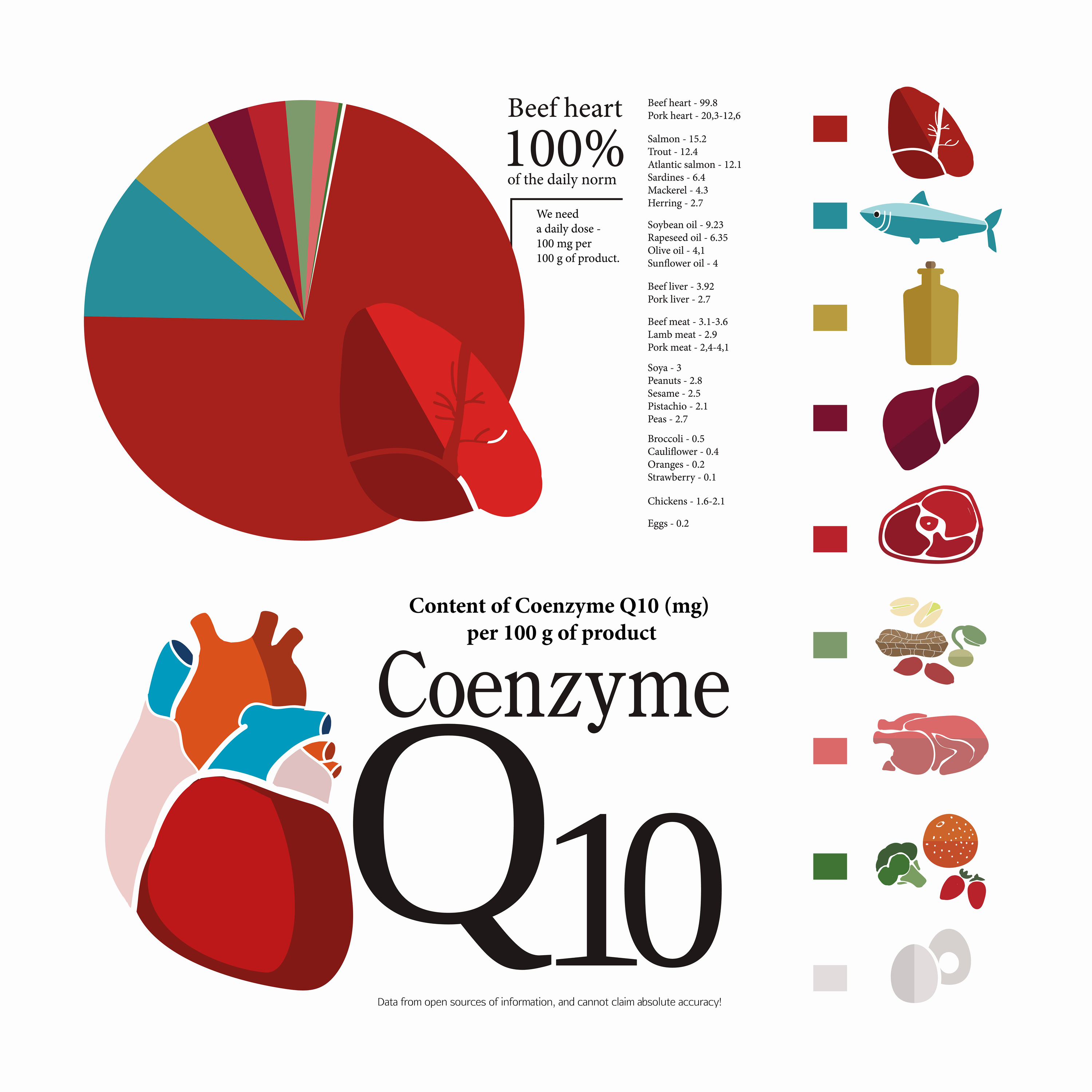
Which food contains PQQ?
The richest source of it, like vitamin K, is fermented natto soybeans - a traditional Japanese dish, almost unknown to our culinary culture. One more food abounds in PQQ, but unfortunately it is not accessible to adult eaters; Speaking of human breast milk. Somewhat PQQ is supplied to the body, while eating tofu, parsley, green pepper, spinach, carrots, kiwi, papaya, and drinking green tea.
In order to assess the importance of pyrroloquinolinequinone as a necessary mammalian nutrient, several studies were conducted on rodents (rats and mice) that were maintained on PQQ-deficient diets; in animals, growth retardation, reproductive destruction, immunological abnormalities, skeletal deformities, aortic aneurysms and skin lesions were observed (Killgore, 1989; Stites, 2000; Bauerly, 2006). These results clearly indicate that PQQ is essential for proper functioning of the body and maintaining proper health, which supports the views of those scientists who consider this nutrient to be a vitamin.
How PQQ works? Who should take PQQ?
PQQ and mitochondria
In the context of liver health considerations, it’s very interesting to see that different amounts of PQQ in the diet contribute to the modification of mitochondria, improve fat metabolism, and reverse the effects of experimental mitochondrial dysfunction (Zhu, 2006, Stites, 2006, Bauerly, 2006; 2011). It turns out that PQQ deficiency reduces both the number of mitochondria and also badly affects their functionality (Stites, 2006).
PQQ mitochondrial biogenesis is the most important mechanism of PQQ actions
Mitochondria are cellular organellum, which first deal with the conversion of energy nutrients into energy which is useful to the body, taking a
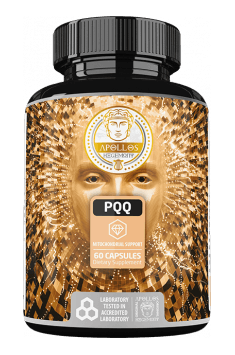
major part in the transformation of toxic compounds leading to their inactivation and elimination. No wonder, in the case of the liver as a central laboratory for processing energy and toxic compounds, mitochondria produces more than 20% of cellular mass. The decrease in the number of mitochondria entails, of course, the perturbation of fat burning, and thus contributes to the deposition of the non-alcoholic steatohepatitis.
And back in the PQQ case, it is worth mentioning that in rats, whose diet was rich in this nutrient, fat reduction was observed due to the increase in the number of hepatic mitochondria. Rats, in the diet that lacked PQQ, burned much less fat, suffering from decreased mitochondrial function (Bauerly, 2011). And all this is because, as Chowanadisai demonstrated in 2010 in an isolated hepatocellular study, PQQ stimulates mitochondrial biogenesis by activating the PGC-1 alpha signalling protein, which controls the biogenesis of these cellular organelles.
PQQ mitochondrial support can be help even for cancer therapy support!
By contrast, in 2013, Calliandra Harris decided to verify the results obtained in animal experiments, in a study involving humans. The researchers administered a group of 10 volunteers for a further 3 days of PQQ at a dose of 0.3 mg / kg body weight by measuring the levels of mitochondrial membranes in the urine and comparing the results with the pre-supplementation data. In this way, they proved that PQQ improves up to 40% of the functionality of human mitochondria, giving us 100% certainty that this useful molecule stimulates the mitochondrial biogenesis also in the human body.
The authors of recent experience have decided to investigate whether the supplemental dose of PQQ administered during prenatal period in a mouse model of diet-induced obesity during pregnancy may protect offspring from obesity and progression in later life of NAFLD. For this purpose, females were pregnant mice so called. The researchers used the so-called "western diet", which is rich in animal fats, sugar and cholesterol, to give PQQ to one rodent group, and not the other.
PQQ and fertility
And here, PQQ supplementation introduced to females before and after birth, in the latter case during feeding, did not affect the weight gain of the offspring, but increased its metabolic health and reduced body fat and reduced fat in the liver compared to offspring from females not receiving PQQ. All NAFLD rates, including liver lipid toxicity and proinflammatory gene expression, were significantly lower in PQQ fed mice, which was associated with an increase in gene expression of the factors involved in fatty acid oxidation, and a reduction in the involvement of the fatty acids involved. The authors emphasized that these changes persisted in the offspring even after discontinuation of PQQ supplementation, i.e. after discontinuation of the breast feeding. And finally conclude that PQQ supplementation during pregnancy and lactation protects the offspring from induced abnormal fatty liver lipoatrophy (fat burden and toxic lipid poisoning) and may contribute to slowing the progression of NAFLD outbreaks in the present and future generations (Jonscher, 2016).
Which PQQ to buy? Which PQQ is the best? Where to buy PQQ?
We think that no suprise will be, that you can find it at MZ Store! Especially, we suggest checking the best, in our opinion PQQ - PQQ from Apollos Hegemony
Read more about PQQ

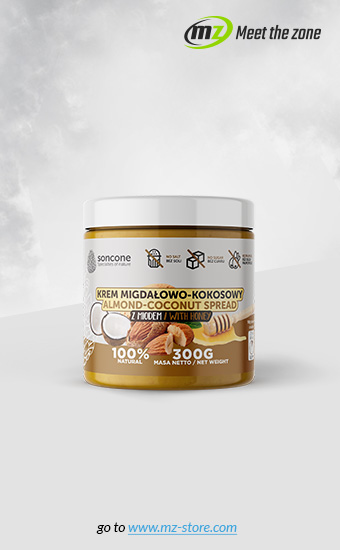
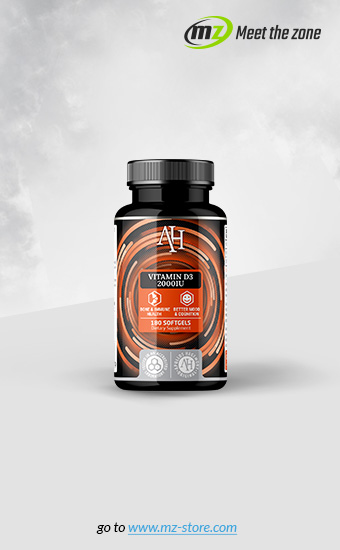
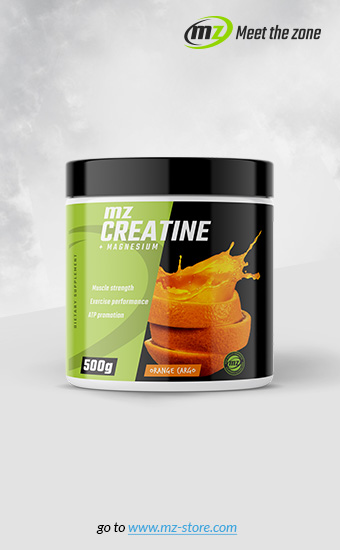
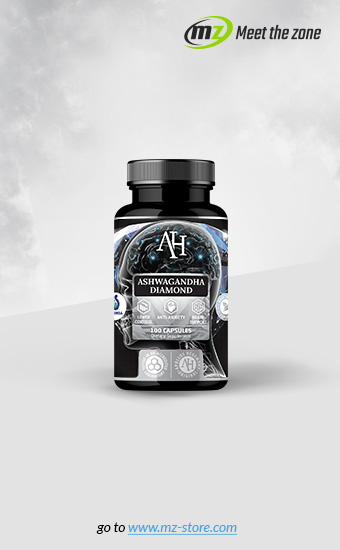
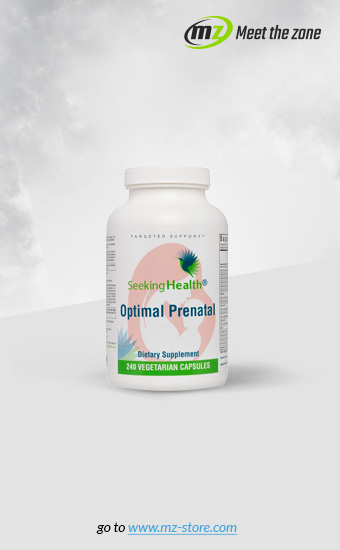

3 Comments